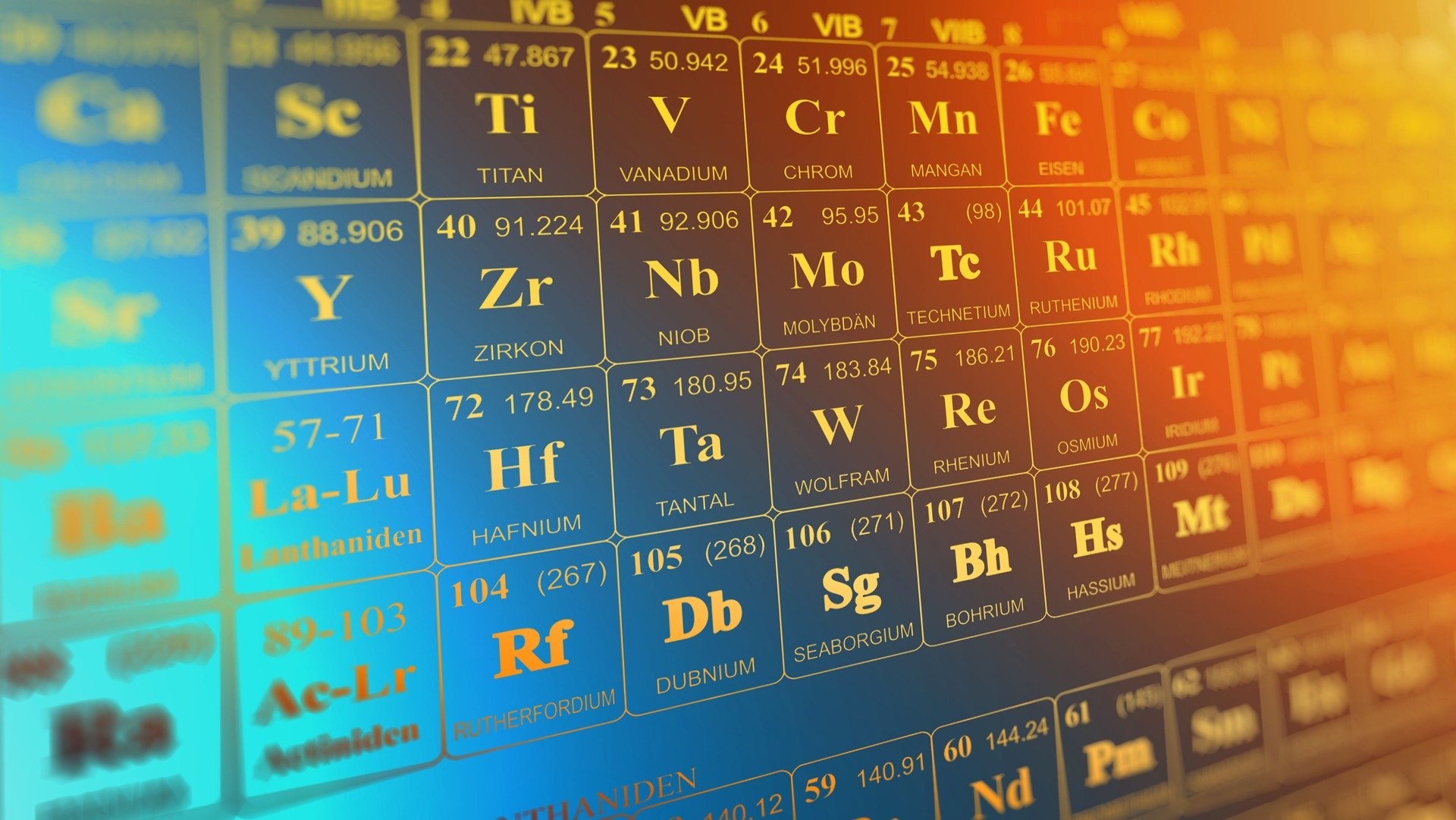MIXTURES AND COLLIGATIVE PROPERTIES
A mixture consists of two or more entities placed evenly mixed together.
Solute is present in smaller quantity. Solvent is present in larger quantity.
Types of mixtures;
Solid/liquid
Liquid/Liquid
Solid/solid
Liquid / solid
Gas/Gas
Gas / liquid
Gas / solid
Colligative properties
This relates to purely physical changes and no chemical change is involved. This includes freezing point depression, boiling point elevation, osmotic pressure, vapor pressure lowering etc.
Freezing or Melting point depression
Example of freezing point depression that occur is when ice cubes melts faster when salt powder is added. For instance, salt is poured onto roads during winter to melt ice on the road. High concentrated salt solution is used to clean car windshields during winter. This is because ordinary water will freeze and not be useful.
Freezing point depression is expressed as ΔTf= Tf*-T where T* is freezing point of pure substance, T is freezing point of impure substance, and ΔTf is freezing point depression. ΔT is directly proportional to the Molal (m) concentration of the solution, meaning, high level of impurities will cause high freezing point depression. ΔTf=mKf where Kf is the freezing point depression constant in units of oC/m.
For concentration of solutions, the number of particles in solutions per unit formula of the compound is important for colligative properties. Soluble ionic compounds dissociate into ions in solutions and each ions contributes a colligative effect so the overall effect is the SUM and not one particle of the formula unit.
Vant Hoff’s factor [i].
e.g. Ethanol in water does not dissociate, One particle per unit formula exist in solution, i=1
Sodium Chloride, NaCl (aq) ___________> Na+ (aq) + Cl– (aq) TWO PARTICLES in solution i=2
All concentrations is multiplied by the i value for calculating colligative properties.
Calculate the freezing point depression and the freezing point of
- 10M glucose in water solution.
- 10M NaCl solution.
- An unknown solution made of 10g of unknown solute (non-ionic) in 1000g water.
Boiling Point elevation.
Presence of impurities will lower the vapor pressure of solutions compared to the vapor pressure of the pure solvent. As a result, more energy is needed to vaporize the substance to get vapor pressure to the atmospheric pressure at boiling point. This results in higher boiling temperatures for impure substances. Boiling point elevation is expressed as ΔT= T-Tb* where Tb* is boiling point of pure substance, T is boiling point of impure substance, and ΔT is boiling point depression. ΔTb=mKb where Kb is the boiling point elevation constant in units of oC/m.
Calculate the boiling point elevation and the boiling point of
- 10M glucose in water solution.
- 10M NaCl solution
- An unknown solution made of 10g of unknown solute (non-ionic) in 1000g water.
Vapor pressure lowering
Presence of impurities(non-volatile) in solvent causes the vapor pressure of the pure solvent to decrease.
Roult’s Law:
P = XoPo where P = vapor pressure of the solution, Po =vapor pressure of pure solvent
Xo + X1 = 1 where Xo and X1 refer to mole fraction of pure solvent and solute respectively.
P = (1-X1)Po ,
P = Po – PoX1
Vapor pressure depression = Po – P = ΔP
ΔP = Po – P = Po – [Po – PoX1]
= PoX1
Calculate the Vapor pressure lowering and the vapor pressure of
- 10M glucose in water solution.
- 10M NaCl solution.
- An unknown solution made of 10g of unknown solute (non-ionic) in 1000g water.
- What is the molar mass of the unknown solute.
OSMOTIC PRESSURE
Solvent molecules moving across a semi-permeable membrane to a more concentrated solution creates OSMOSIS and an OSMOTIC PRESSURE. This pressure reaches a point of equilibrium and then stops the osmosis.
This is similar to ideal gas situation,
PV = nRT
P= [n/V] RT
P= π = Osmotic pressure
n/V = Concentration of solution = C
π = CRT
Calculate the OSMOTIC PRESSURE of
- 10M glucose in water solution.
- 10M NaCl solution
- An unknown solution made of 10g of unknown solute in 1000g water.
- Calculate the MOLAR MASS of the unknown solute if you combine information from all the colligative properties calculated in all the examples above.


